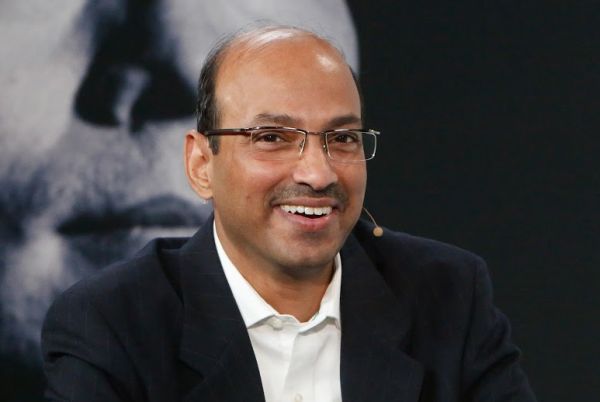 INFRA
INFRA
 INFRA
INFRA
 INFRA
INFRA
Data is the heart of any modern business; however, storing and processing all that data requires new technology and a transformation in the way companies think about data. Data storage is going virtual, while departments run their workloads in virtual machines. Dell EMC, a business familiar with these technologies, is now at the forefront of this transformation.
“As many organizations are going through the [information technology] transformation, data centers are becoming even larger. They’re running thousands of applications and many thousands of VMs [virtual machines],” said Chhandomay Mandal (pictured), director of storage solutions marketing at Dell EMC.
Mandal spoke with Stu Miniman (@stu) and Lisa Martin (@LisaDaliMartin), co-hosts of theCUBE, SiliconANGLE’s mobile livestreaming studio, during the VMworld conference in Las Vegas. They discussed virtualization, customer needs and the benefits of flash storage. (* Disclosure below.)
Modern data storage solutions have to meet some high standards. Not only is performance necessary to keep pace with the always-on, right-now speed of business, but storage also needs to handle random loads and sudden deployments. The word “predictable” no longer defines the data storage world, according to Mandal.
“As you look at the customers, maybe five years ago it was storage admin or IT [information technology] admin-centric. We are seeing a transition into customer experience and solving business problems,” Mandal said.
Customers want their storage solutions to help them move faster and better serve their own clients. Because of this, Dell EMC doesn’t just sell boxes; it now works to help businesses with their digital transformation, Mandal explained.
Flash storage media is a huge part of that transformation. Using flash, companies can provision out workloads instantly, in software, without buying new hardware. This software angle also allows development groups to self-service, building environments for their projects without waiting for the database people to set something up.
“They don’t need to be in the business of optimizing storage. It’s helping them transform the business application workflows as opposed to “how do I plan for this,” Mandal said. As data flows into companies faster than ever before, transformation is necessary. By reducing the amount of copied data, flash storage lowers data costs and accelerates development, he added.
Watch the complete video interview below, and be sure to check out more of SiliconANGLE’s and theCUBE’s coverage of VMworld 2017. (* Disclosure: TheCUBE is a paid media partner for VMworld 2017. Neither VMware Inc. nor Dell EMC have editorial control over content on theCUBE or SiliconANGLE.)
THANK YOU